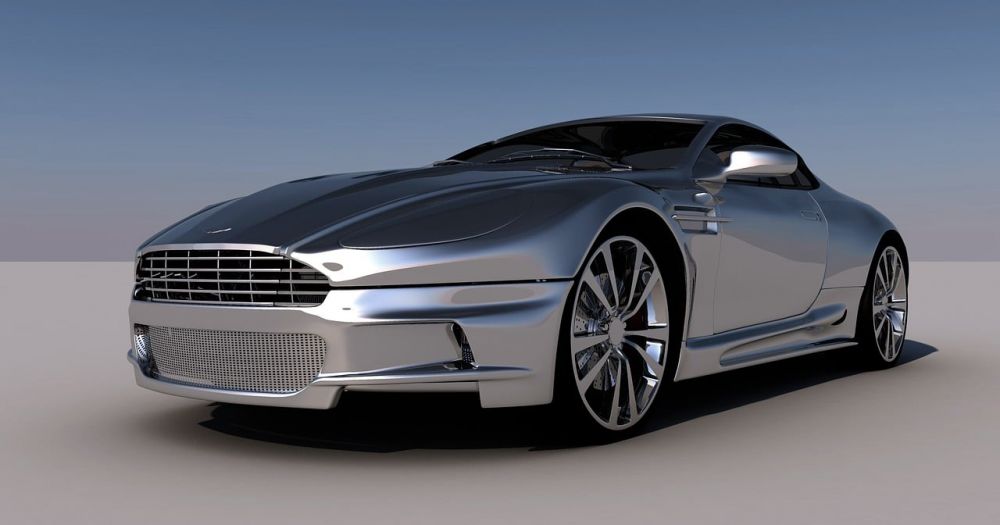VW Go: Revolutionizing the Way We Drive

Introduction:
Volkswagen has always been at the forefront of innovation in the automotive industry, and their latest creation, the VW Go, is no exception. This groundbreaking model is set to revolutionize the way we drive, offering a range of advanced features and technologies that will enhance both the driving experience and our impact on the environment. In this article, we will explore the key aspects of the VW Go, providing valuable insights for car enthusiasts and those interested in the latest automotive trends.
Historical Evolution of VW Go:

The journey of the VW Go began in the early 2000s, with Volkswagen’s commitment to developing an electric vehicle that could compete with traditional internal combustion engine cars. Through years of research and development, VW introduced the first prototype of the VW Go in 2009. This initial model showcased the potential of electric vehicles, but it was limited in terms of range and charging capabilities.
Over the years, Volkswagen has continuously refined and improved the VW Go, addressing the limitations of its earlier versions. With each subsequent release, the range of the VW Go has increased, allowing drivers to travel longer distances without worry. Moreover, advancements in battery technology have significantly reduced charging times, making electric vehicles a more viable option for daily commuters.
Presenting the VW Go:
The VW Go is the epitome of Volkswagen’s commitment to sustainability and technological advancements. One of its standout features is its impressive range, which now surpasses 300 miles on a single charge. This means that drivers can confidently embark on long journeys without the need for frequent charging stops.
Another key aspect of the VW Go is its fast-charging capabilities. With the introduction of high-power charging stations, the VW Go can be charged to 80% capacity within 30 minutes. This ensures minimal downtime, allowing drivers to quickly get back on the road and continue their journey.
The VW Go also boasts an array of smart features designed to enhance the overall driving experience. Its intuitive infotainment system integrates seamlessly with smartphones, providing access to navigation, music, and communication apps. Additionally, the VW Go comes equipped with advanced driver-assistance systems, such as lane-keeping assist and adaptive cruise control, ensuring a safe and stress-free driving experience.
The VW Go’s impact on the environment cannot be overlooked. With zero tailpipe emissions, it contributes significantly to reducing air pollution and mitigating the effects of climate change. Furthermore, the production process of the VW Go is designed to minimize environmental impact, with a focus on sustainable materials and responsible manufacturing practices.
Structured for Success:
To optimize the chances of this article appearing as a featured snippet in Google search results, we will structure the text strategically. By incorporating relevant bullet points, we enhance the readability and allow key information to stand out. The following structure is recommended:
H2 1: Introduction
– Explanation of VW Go’s significance in the automotive industry
H2 2: Historical Evolution of VW Go
– Overview of VW’s development of electric vehicles
– First prototype and subsequent improvements
H2 3: Presenting the VW Go
– Impressive range and fast-charging capabilities
– Smart features and advanced driver-assistance systems
– Positive environmental impact
Conclusion:
The VW Go is a game-changer in the world of electric vehicles, combining cutting-edge technology with an unwavering commitment to sustainability. With its impressive range, fast-charging capabilities, and advanced features, the VW Go offers a driving experience like no other. Volkswagen’s continuous innovation and dedication to environmental responsibility make it an ideal choice for both car enthusiasts and those passionate about reducing their carbon footprint. Get ready to embrace the future of driving with the VW Go.





















